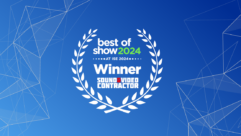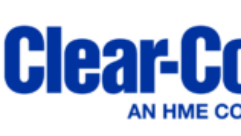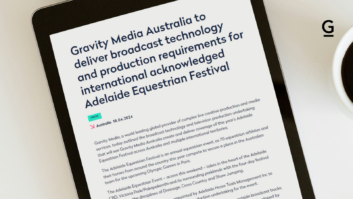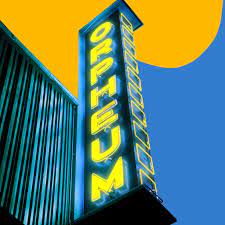
Flagstaff’s Orpheum Theater has a distinguished history, but its 18-year-old sound system needed help. Sound Image installed a new EAW system just in time for Covid to close the place down. Now they’re up and running again with all new sound. Sound Image’s Ben Davis has the story.
SVC: Ben, good to have you with us on the SVC Podcast from the Tempe, Arizona office of Sound Image. How are things going out there?
Ben Davis: Great. We’ve been just blessed and extremely busy and just trying to keep up with all the demand and everything that’s going on.
Tell us a little about Sound Image. Do you have a particular specialty, or do you take pretty much anything that comes along?
We’re always interested in anything that comes our way, but we definitely have always had a particular focus on performance AV. Anything for large, demanding sound systems–music venues, sports venues, things like that. But also with demand from our clients, we’ve done more and more video. So everything from video production control rooms to broadcast cabling to LED. Recently we installed the country’s first and largest LED sphere in a client lobby. So we’re trying to be a one-stop shop and take care of our clients on the complete package.
We’re here to talk about the Orpheum. It’s an historic venue. What did their tech leader say they needed when he called you in for this project? You two already knew each other.
Yeah. Gosh, it’s going back probably almost four years that I’ve been working with Scotty. Scotty is the production manager and A1 for the facility. We went through quite a few different conversations and design changes, working with their budget and the type of talent they bring in. The challenge of the space was the weight tolerance on the roof and meeting the need for the type of acts that they have. They wanted to do everything from their comedy spoken word-type events all the way to high SPL EDM, hip hop, and metal bands that they have coming through. They have jazz groups that come through. They have more of your classic rock, more jam band-type musicians that come through. So they really run the gamut as far as the demands on the system. If you think about it from a speech intelligibility standpoint for their comedians or their spoken word events, the clarity and definition needed detail. For jazz and the jam bands, they’re looking for a lot of nuance and dynamic range; they want headroom and frequency bandwidth for hip hop and EDM and more aggressive music. So we really couldn’t design a system specifically for one type of use. It really had to be scalable, and—just an example–the front fills have to move into the side channel position when they do movie nights and drop down the screen. These were the kinds of elements here and there we had to focus on to make this a really ambidextrous system.
The building is on the National Register of Historic Places. I don’t know if that puts any limitations on what you can do in there.
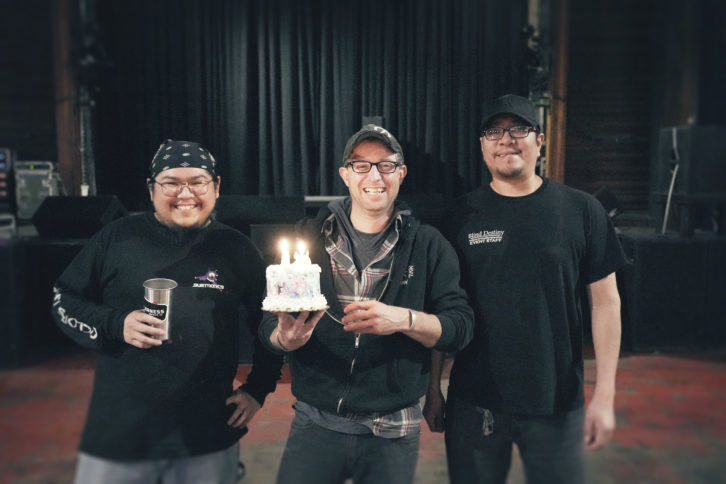 We had our structural engineer go onsite and look at the ceiling joists. Because of a fire there years before, some of it had been upgraded. The weight constraints weren’t terrible, but we definitely had to change our rigging methods to span multiple joists and spread the load across a wider structure than normal.
We had our structural engineer go onsite and look at the ceiling joists. Because of a fire there years before, some of it had been upgraded. The weight constraints weren’t terrible, but we definitely had to change our rigging methods to span multiple joists and spread the load across a wider structure than normal.
It was an EAW system and you got it installed just in time for the place to be shut down for the Covid pandemic.
Yeah. Sadly, that’s how it worked out. There was so much excitement. For so much of the staff, the venue itself is a passion project for them. Everybody from the bar manager all the way through, they all are musicians and have a love for music. This venue meant a lot to them and getting to upgrade the audio system meant a lot to them because of the limitations their older system had. It had been a great system for its time, it was a great product, but we generationed out of it; it was older and tired and needed replaced. So this was a really big deal. When we were there doing the install, all the staff were just so appreciative and they couldn’t wait for the first show. The day that I started tuning the system the mandate came down. So that definitely put a cloud over it for everybody. But at the same time everyone did get to hear the sound system installed, so it kind of, I guess, softened the hurt at the time because it was still exciting. They still saw progress. We didn’t know how long the lockdown was going to last, but they knew they had something exciting for when it was over.
How big is this room? It’s kind of a long rectangle with a balcony at the back?
Yeah, it’s in a movie theater style. It’s a long rectangle and it does have a balcony. I planned for the system to cover the balcony even though they didn’t expect to seat anybody up there. But I tell you what, the first two shows the balcony was filling up. So they were happy we were covering the balcony.
Did you have to make any acoustic changes or is it just the sound system that handled everything?
Well, acoustics is definitely something we’re planning with future funding. But the acoustics in there aren’t horrible because of the movie theater décor. The sidewalls are all covered with drape and really manage any near-field reflections. The biggest problem is reflection off the back wall back on the stage, especially now that we manage the low frequency. I think before the low frequency from the subs really created so much low-end energy on stage that you couldn’t really hear the slap back. Now with both the directivity of the array and the directivity of the sub array we cleaned up the stage sound so much that it definitely popped out more. But it’s manageable.
You mentioned that you were working with Scotty J who has the sound operation over there.
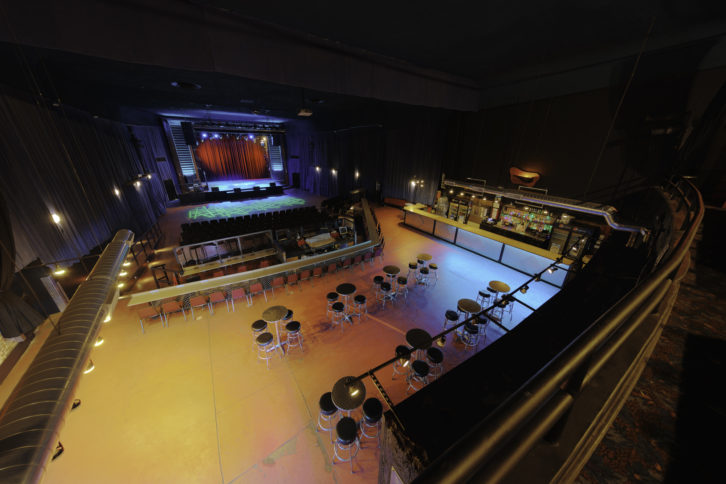 Yeah. He’s extremely passionate about the venue like I said. He’s been with them for a very long time and he’s been in the trenches with a system that was not appropriately sized for the venue and was tired. But he was the master of making that thing work. So when he got the new system I had to remind him to take out all of his EQ. So he zeroed out the console and started over again, and he says, “Oh, there it is. Okay. So now I get to use my EQ as seasoning and not as management.”
Yeah. He’s extremely passionate about the venue like I said. He’s been with them for a very long time and he’s been in the trenches with a system that was not appropriately sized for the venue and was tired. But he was the master of making that thing work. So when he got the new system I had to remind him to take out all of his EQ. So he zeroed out the console and started over again, and he says, “Oh, there it is. Okay. So now I get to use my EQ as seasoning and not as management.”
Yes, you’re out of defensive EQ mode.
Yes. Exactly. And his other struggle was getting good console tapes. Now his console tapes sound much more true to what he wants because he’s not devastating the mix to make the house work.
You got a system in there based on EAW’s KF810P array elements. How did you go about the selection process?
We did a couple of things. One of the things we pride ourselves on is we’re not a one-dimensional company as far as a brand. There are so many manufacturers out there that make great products, great solutions. They each obviously have some sort of nuance that makes them special in the market and gives them validity to why they’re in the market. So we looked at a few different brands that Scotty was comfortable with from the bands and riders that come through. EAW was one of those brands and we looked at a couple of others as well. We took them to venues similar to his and let him hear them. At that time the PF810 was brand new so we took him to a demo with EAW where they had it put up in a venue similar to his. He got to meet all the people at EAW, build a personal relationship with them, and get to hear it in the real world; he got to push faders and see how it felt. It wasn’t an easy choice for him because there’s stiff competition. But at the end of the day, he really felt comfortable with EAW as a manufacturer and a team. He got to know them and the pride that they put into their product. They checked all the boxes and obviously also fit their budget. The way the KF810’s new wave guide works, the speech intelligibility is great, the horn honk is gone and the detail on the high end is there. It really just suited all the different types of music and performance they host at their venue.
And the KF810P, that has variable dispersion. I believe you have two choices between 80 and 110 degrees on those? What did you select?
We used, actually, a hybrid. If I remember right, the bottom two boxes we did 110 to get more coverage in the near field so we didn’t need to depend on front fills, as well as to give us smoother SPL and not have to have the PA flown any higher to get a good average. But yeah, we used both. Top boxes were narrow so we could shoot them further and the bottom boxes were wider so we can get more horizontal coverage.
You had to run all the wiring for this from scratch. It seems like that would have taken probably more time than the hanging and rigging.
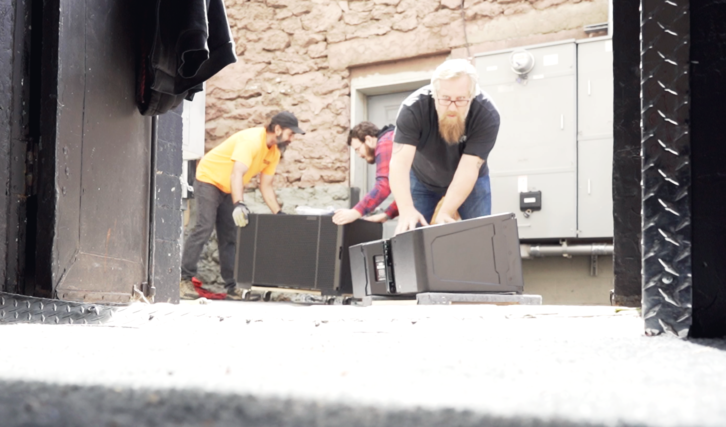 It wasn’t too bad. We did run all of our own wire for it. One of my objectives in this, or in any kind of PA like this, is we wanted to make sure we designed the left and right main PA as a full-range system and subs are more of the effect than a necessity. So in wanting to give low frequency impact we needed to make sure we had the right cage flyer for the distance we had to travel. We were able to work with Scotty and get the amplifiers on stage as close as we possibly could. And being that this is an older venue it had a façade around the proscenium that made it relatively easy for us to get the cable down the walls and straight to the amplifiers.
It wasn’t too bad. We did run all of our own wire for it. One of my objectives in this, or in any kind of PA like this, is we wanted to make sure we designed the left and right main PA as a full-range system and subs are more of the effect than a necessity. So in wanting to give low frequency impact we needed to make sure we had the right cage flyer for the distance we had to travel. We were able to work with Scotty and get the amplifiers on stage as close as we possibly could. And being that this is an older venue it had a façade around the proscenium that made it relatively easy for us to get the cable down the walls and straight to the amplifiers.
The old system was still functional. So it was repurposed, right?
Yeah. And that was kind of a neat story. I know the original plan was to try to recoup some of their install costs through selling it. I don’t know all the details of it, but I know the opportunity arose that they could help out somebody else which they wanted to do.
How do they power and control this system? What kind of mixer is there and where did they put the front of house?
Front of house is pretty much middle of the main floor. Their front of house console is an AVID SC48 and they have an analog snake from the stage. Then for system management we use a Lake LM 44. We drove the main PA off the SC48 and built a guest console connection on analog and Dante. So once it makes it to the Lake, whether it goes in AES analog or Dante, after that it’s all Dante with an analog backup to all of the EAW amplifiers. We built a venue page where all the system tuning is done and then we built a guest page so that if a guest engineer wants to put their flavor on the PA, the front fills, the subs, they can do that without affecting the house EQ.
Yes, I know they really appreciate that, too, when they come into a venue that has had that kind of forethought in the system.
That’s one of the reasons we chose the LM 44. There are other brands of DSP that are great for fixed installs but they’re not tour-friendly. So any A1 or A2 who is on tour knows what an LM 44 is. They have the app on their computer, and they know how to utilize it. If it had been a more complicated system maybe I would have done a different DSP with an LM 44 on the front end, but the LM 44 was plenty of horsepower for what they needed and is expandable if they want to add another unit. From what I’ve heard, the artists that have come through have been happy to see something they recognize.
So what’s coming down the line? What’s in progress for Sound Image right now?
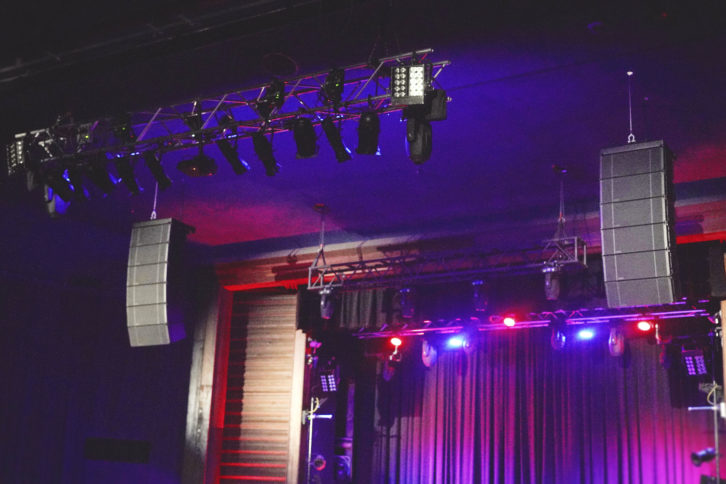 We’re finishing up a project with the Phoenix Suns arena. It’s been a great partnership. And we’re also finishing up some recording studios and we have a few other penned projects for our office that we can’t talk about quite yet. We’re just extremely blessed and keeping very busy. We have a great team of people that are passionate about what we do and love AV, love what we do.
We’re finishing up a project with the Phoenix Suns arena. It’s been a great partnership. And we’re also finishing up some recording studios and we have a few other penned projects for our office that we can’t talk about quite yet. We’re just extremely blessed and keeping very busy. We have a great team of people that are passionate about what we do and love AV, love what we do.




